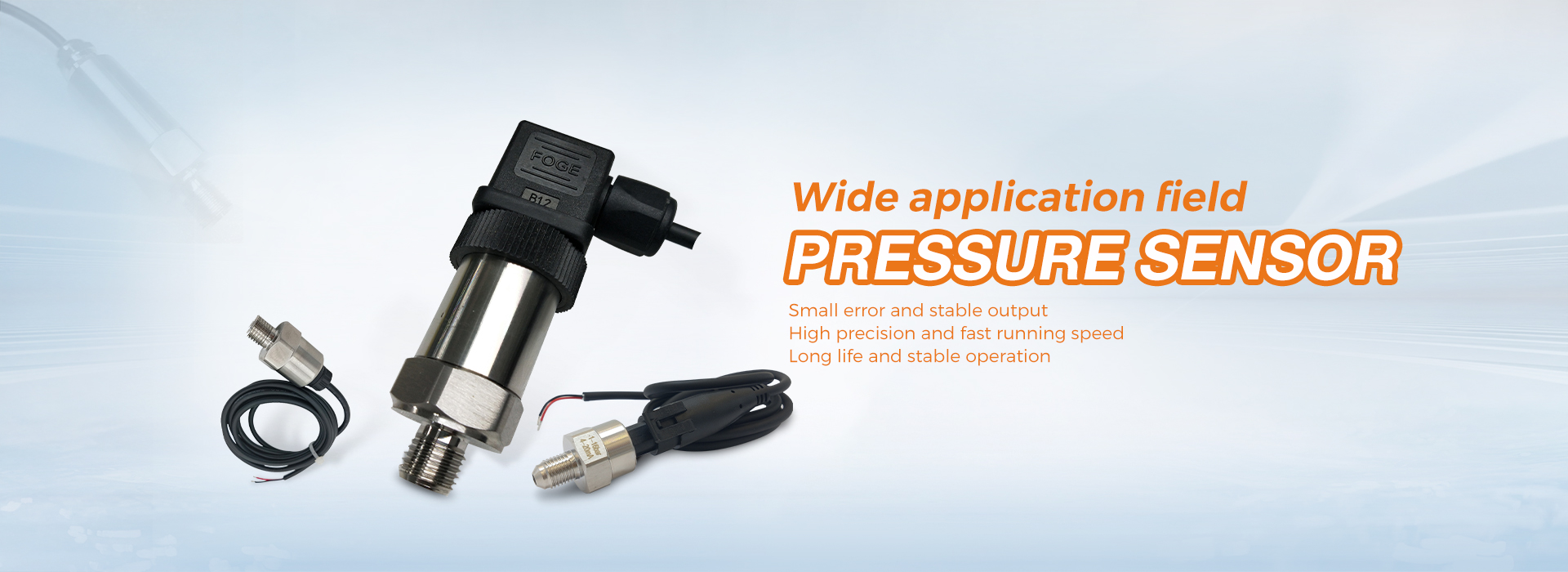A common failure of oil pressure switches is poor contact or failure to connect due to water or other impurities entering the switch.Enhancing the seal can prevent the intrusion of water or impurities. However, because the principle of the oil pressure switch works by the balance of the oil pressure on both sides of the diaphragm and the atmospheric pressure, the inside of the switch cannot be completely isolated from the outside, so waterproofing and ventilation become a contradiction.Through the design of installation position and direction, point-projection, sheath-type structure design, and the addition of waterproof breathable membranes, it can effectively prevent the intrusion of water and impurities while ensuring pressure balance, and improve the reliability of the oil pressure switch .
There is a diaphragm inside the oil pressure switch, one side is directly in contact with the oil, and the other side is opened and closed through a push rod to push the dynamic and static contacts.Most oil pressure switches are normally closed. When there is no pressure in the hydraulic system, the contact is closed.When the car ignition switch is in the ACC position, the oil pump is not working at this time, the system pressure is zero, and the oil warning light is on.
Because there is a process of oil pressure rising, the moment the ignition switch is turned to the STRAT position, the oil pump is turned on and the oil warning light is still on.After 1~2s, if the oil pressure reaches the normal value (generally 3050 kPa) or more, the oil warning light goes out.Through each start-up self-check, it can be found that the oil pressure switch is working abnormally.When the oil pressure of the lubrication system is insufficient due to oil leakage, etc., under the combined action of the spring force and the external atmospheric pressure inside the oil pressure switch, the contact is closed and the oil warning light is on.
The contradiction between water resistance and ventilation of oil pressure switch
a:Why should the inside of the oil pressure switch be connected to the atmosphere?
A common failure of oil pressure switches is poor contact or failure to connect due to water or other impurities entering the switch. Solving the tightness of the switch is originally a relatively simple subject.There are many ways to easily block the intrusion of water and other impurities.However, if the inside of the switch is completely enclosed and the air is not connected to the outside atmosphere, the internal air pressure will change with temperature changes, which will cause the switch’s on-off pressure value to drift with temperature.Therefore, the structural principle of the oil pressure switch determines that it must be connected to the outside atmosphere to work normally.
b:Why should the oil pressure switch be waterproof?
The oil pressure switch is generally installed near the oil pan or near the oil filter.Most engines do not have a guard plate. When the car passes on a wading road, it is easy for water to splash on the switch or flow along the wiring harness to the switch, causing water to enter.Due to the breathing effect of the switch, a very small amount of water droplets may be sucked into the inside of the switch.The distance between the moving and static contacts is very small, and the dirty water between the contacts will conduct electricity. When the moving and static contacts are disconnected, current will flow, causing the oil alarm lamp to alarm by mistake.Over time, the stagnant water will corrode the silver-plated dynamic and static contacts, causing the switch to fail to turn on.
Common oil pressure switch waterproof design
In view of the ventilation requirements of the oil pressure switch, all waterproof designs are based on ventilation. Therefore, the waterproof switch can only be prevented from splashing water, but cannot be waterproof under immersion conditions.
1) The installation position is generally as low as possible to avoid the installation position. The lower the installation position, the more likely it is to come into contact with the ground and splash water.
2) Installation direction Figure 4 shows the installation direction and the water drop accumulation position. The best way to install diagonally downwards is that the water droplets running down the wiring harness or the water splashing on the switch are not easy to accumulate on the switch mouth; the second is horizontal installation; the worst waterproof performance is the way to install diagonally upwards. It is easy to accumulate at the mouth of the switch, and when the temperature drops, it enters the switch with the inhaled air.
Post time: Jan-26-2022



